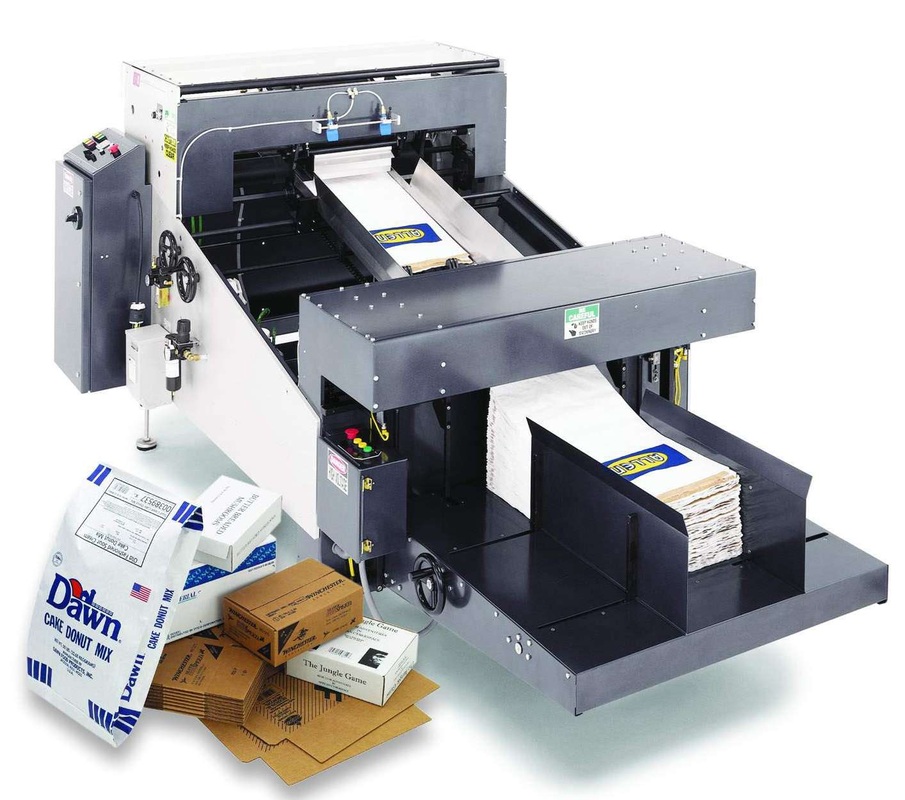You may have already heard of litho and digital printing techniques, but are unsure about how they differ and which method you should use. This article will explain the differences between the two and which is best for leaflet printing.
Lithographic Press
Lithographic printing is the older of the two methods of printing, using similar principles to Gutenberg’s press in 1450. However, the latest litho printing presses are very modern and fast, being able to print thousands of pages per minute.
Lithographic printing is perfect for leaflet printing projects that require high numbers of copies. This is because there is an initial set up cost associated with this method, where a printing plate needs to be created before any pages can be printed. However, after this initial cost, printing is very cheap. After a certain point, litho printing becomes a very cost effective method of printing large numbers of leaflets.
Lithographic printing is perfect for leaflet printing projects that require high numbers of copies. This is because there is an initial set up cost associated with this method, where a printing plate needs to be created before any pages can be printed. However, after this initial cost, printing is very cheap. After a certain point, litho printing becomes a very cost effective method of printing large numbers of leaflets.
Digital Press
The digital press is a newer type of printing press developed in the 1990s. It is essentially an enlarged industrial sized version of the colour laser printer you probably have in your office or at home.
Digital printing is perfect for leaflet printing projects that only require small runs. This is because there is no set up cost associated with digital printing, unlike lithographic printers. This means each page costs the same amount to produce. Per unit, it shouldn't cost much more to print one page verses 1000. However, the cost per page is higher than litho printing beyond a certain point, where litho becomes more cost effective.
Digital printing is also great if you need to produce multiple versions of the same leaflet. For example, you may have three shops in different locations, and want a brochure for each. Digital printing makes it cheap to print different versions of this leaflet with different maps or contact details.
Digital printing is perfect for leaflet printing projects that only require small runs. This is because there is no set up cost associated with digital printing, unlike lithographic printers. This means each page costs the same amount to produce. Per unit, it shouldn't cost much more to print one page verses 1000. However, the cost per page is higher than litho printing beyond a certain point, where litho becomes more cost effective.
Digital printing is also great if you need to produce multiple versions of the same leaflet. For example, you may have three shops in different locations, and want a brochure for each. Digital printing makes it cheap to print different versions of this leaflet with different maps or contact details.

 RSS Feed
RSS Feed